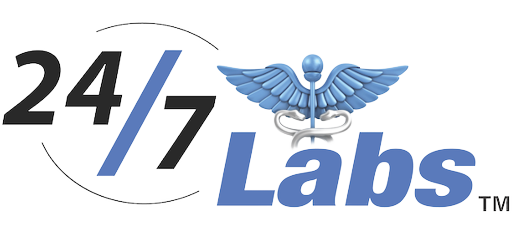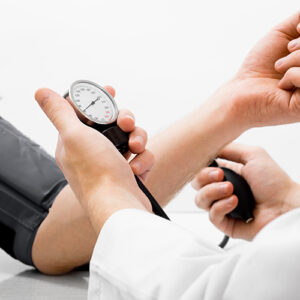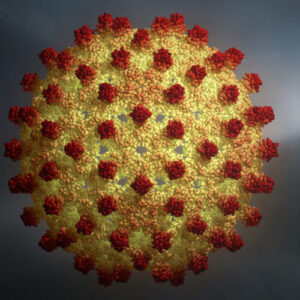Fatigue Health Check
$219.00
Description
Fatigue Health Check
CBC with Differential/Platelet
This is a routine screening test that measures the concentration of white blood cells (leukocytes), red blood cells (erythrocytes), and platelets (thrombocytes). This test is used to evaluate a patient’s overall health and is also useful in diagnosing many disorders, such as anemia, infections, leukemia and bleeding problems.
Chemistry Panel (14)
This is a routine screening panel composed of 14 tests that measure the levels of electrolytes such as sodium and potassium as well as glucose and protein levels in the blood. This panel also measures the function of the liver and kidneys.
Lyme Disease Ab, Quant, IgM/ IgG, Western Blot
Lyme disease tests are used to determine if a person with characteristic signs and symptoms has been infected by the bacteria Borrelia burgdorferi or Borrelia mayonii. The tests detect antibodies produced by the immune system in response to the infection.
Lab tests can detect two different classes of antibody, IgM and IgG.
Mononucleosis Test, Qualitative
A positive test in the presence of consistent clinical and/or hematologic findings confirms the diagnosis of infectious mononucleosis. Approximately 10% of mononucleosis syndromes are heterophil-negative. In some of these, antibody to specific Epstein-Barr viral antigen can be demonstrated. Others may be due to CMV, HSV, or toxoplasmosis. Although this classic test has excellent specificity, false-positive tests can occur and may lead to diagnostic confusion.
Epstein Barr
Epstein-Barr is the virus that causes mononucleosis. You might know this disease better by its nickname, “mono.” It’s also called the “kissing disease” because of one way you can spread it to someone else.
Even though Epstein-Barr virus (EBV) isn’t a household name, you’ve probably been infected without knowing it. Lots of people carry the virus but don’t get sick.
TIBC
Total iron binding capacity (TIBC) is a blood test to see if you have too much or too little iron in the blood. Iron moves through the blood attached to a protein called transferrin. This test helps your doctor know how well that protein can carry iron in the blood.
U/A
This is an analysis of the urine that is used in routine medical evaluations look for infection as to screen for kidney disease, diabetes, high blood pressure, muscle breakdown, and liver disease.






